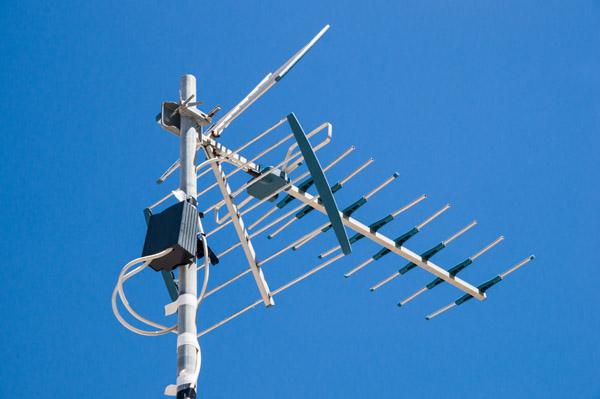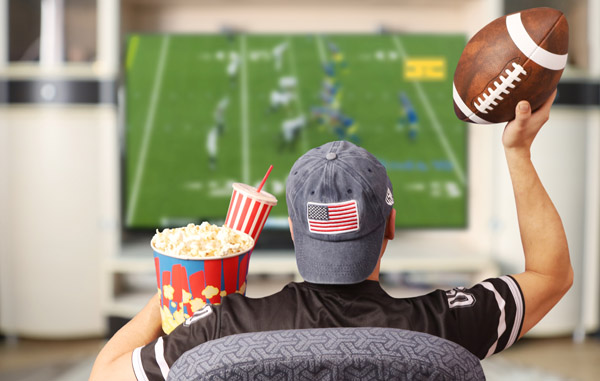Letter to the author,
1. NextGen broadcast uses PQ Transfer Function (HDR10 is PQ with static metadata). It is not HLG. The production source was HLG but converted to PQ for transmission.
2. The NBCU LUTs were designed for more conventional luminance levels for consumer TV's (203nits). This allows the SDR levels to match closer with HDR which uses a similar luminance for their reference white. Since SDR is a relative "system", it is designed for adjustment between 100-250nits (see ITU-R BT.1886 Lw).
Other details would have to happen offline :-)
























































